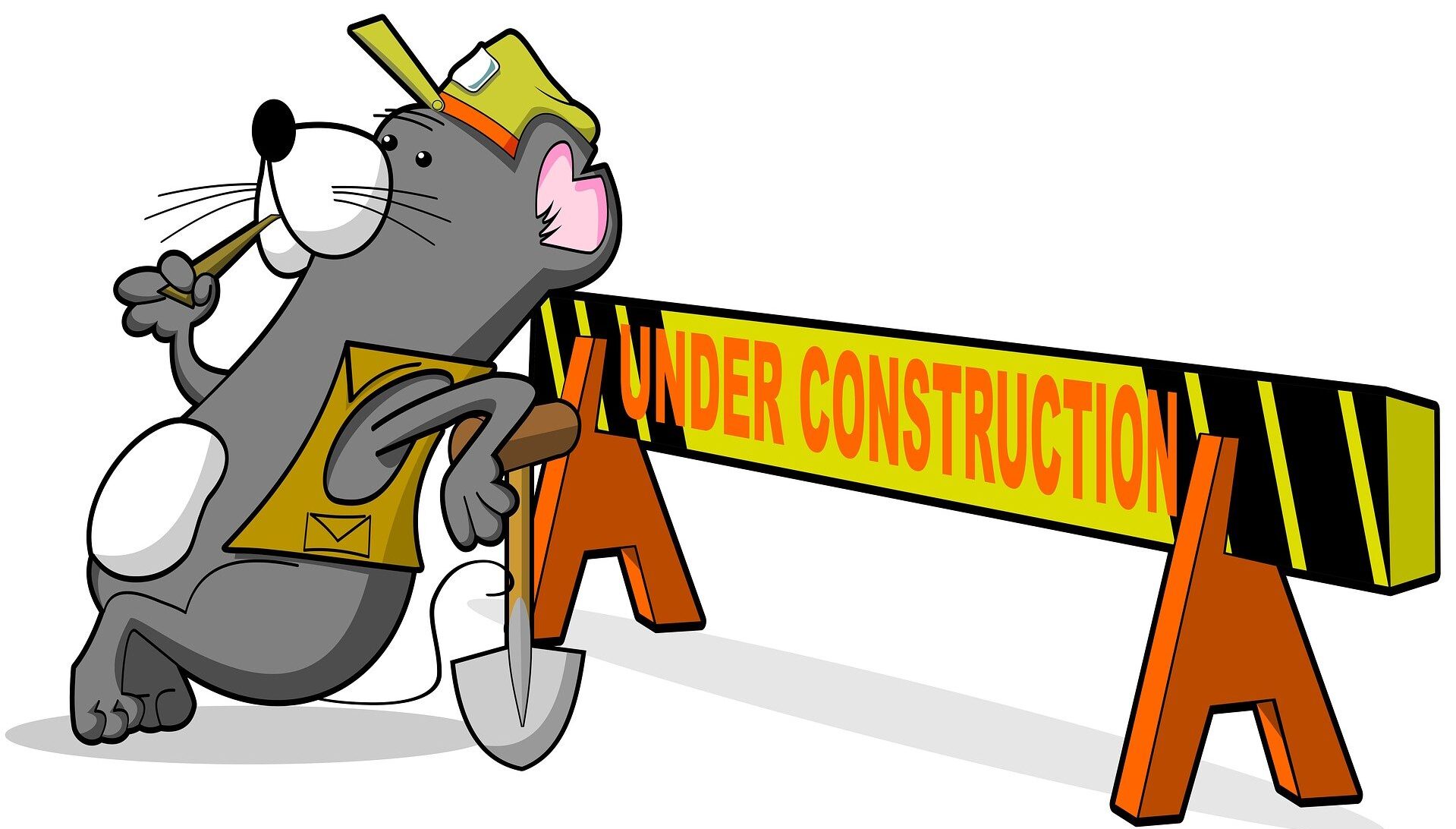
Creating Your Own Custom Picture Frame: A Step-by-Step Guide
DIY Picture Frame: Craft Your Custom Frame with Ease
Learn how to make a custom DIY picture frame with our step-by-step guide. From cutting lumber to adding the finishing touches, create a personalized frame for your photos.
Introduction to DIY Picture Frames
Creating your own DIY picture frame is not only a rewarding project but also an excellent way to personalize your home decor. With the right materials and a few basic tools, you can design a custom frame that complements your style and showcases cherished memories.
DIY projects like this allow you to tap into your creativity, save money, and craft something unique. Whether you’re new to woodworking or a seasoned DIY enthusiast, making a picture frame is a simple project that you can complete in under two hours.
Materials and Tools Needed:
- 1×2-inch and 1×3-inch whitewood boards
- Hardboard (for backing)
- Saw (circular or miter)
- Sandpaper
- Wood glue
- Finishing nailer
- Clamps
- Measuring tape
- Sawtooth picture hangers
- Screen clips
- Paint or stain (optional)
Key Benefits of Creating a Custom Frame:
- Personalized design
- Cost-effective alternative to store-bought frames
- Ability to match any decor style
- A fun and beginner-friendly woodworking project
Cutting and Sanding the Lumber
Step 1: Selecting the Right Wood for the Frame Whitewood boards, particularly 1×2 and 1×3 sizes, are ideal for picture frames due to their smooth texture and ease of cutting. For a basic 8×10 frame, you will need specific dimensions to build the inner frame and outer trim.
Step 2: Precise Measurements for the Frame
- For outer trim (1×2 board):
-
- Two pieces at 14 1/4 inches (top and bottom)
- Two pieces at 13 3/4 inches (sides)
- For the inner frame (1×3 board):
-
- Two pieces at 9 1/4 inches (top and bottom)
- Two pieces at 12 1/4 inches (sides)
Step 3: Safely Cutting the Lumber Use a circular or miter saw for accurate cuts. Secure your boards with clamps and measure carefully before cutting to ensure precision. Always wear safety goggles while cutting to protect your eyes from wood dust.
Step 4: Importance of Sanding the Wood Sanding the edges and surfaces of the cut pieces ensures a smooth finish and reduces splinters. Use fine-grit sandpaper for best results, and pay attention to any rough edges where the boards will join.
Constructing Your Picture Frame
Step 5: Arranging the Whitewood Pieces Lay out the cut pieces in a rectangular shape. Ensure that the shorter pieces fit inside the longer pieces for a tight and accurate fit.
Step 6: Securing the Inner Frame with Wood Glue and Nails Apply wood glue to the edges of the frame and use a finishing nailer to secure the joints. For added stability, clamp the pieces together while the glue dries.
Step 7: Attaching the Outer Trim Place the hardboard underneath the frame to elevate it slightly, creating a stylish offset when attaching the outer trim. Align the outer trim and use wood glue and clamps to secure each corner. Finish by adding nails for extra reinforcement.
Pro Tip: Use a carpenter’s square to ensure your frame is perfectly aligned before clamping.
Final Assembly and Fitting
Step 8: Dry Fitting the Frame Before attaching the hardboard, place the pieces together along with the glass to ensure everything fits correctly. This dry-fitting step will help prevent errors later.
Step 9: Attaching the Hardboard Spread wood glue along the back edges of the frame and attach the first layer of hardboard using 5/8-inch brads. Repeat the process for the second layer, ensuring each piece fits snugly. Allow time for the glue to dry.
Step 10: Installing Hardware To hang your frame, attach sawtooth picture hangers on the outer trim. Use screen clips to secure the glass and backing in place, ensuring your photo stays protected inside the frame.
Finishing Touches and Customization
Step 11: Sanding Rough Edges Smooth out any remaining rough edges with fine-grit sandpaper. If you prefer a rustic or distressed look, consider leaving some edges raw or uneven.
Step 12: Paint and Stain Options Choose a paint or wood stain that matches your home decor. Apply multiple coats for richer color, and sand lightly between coats to achieve a polished finish. If you’re aiming for a trendy, distressed look, lightly sand the edges after painting.
Step 13: Creative Techniques for Distressing For a vintage or farmhouse feel, use techniques like dry brushing or wax distressing. This adds character and gives your frame a unique, worn appearance.
Final Inspection and Display Tips Ensure your frame is sturdy and properly assembled. Check for any loose joints or uneven paint. Once satisfied, display your DIY picture frame proudly in any room of the house!
Conclusion: Craft a Picture Frame that Reflects Your Style Building a DIY picture frame is a fun, simple way to personalize your home decor while honing your woodworking skills. With a few basic tools and creativity, you can design a custom frame that suits your unique taste. Ready to get started? Gather your materials today and bring your cherished photos to life in a beautiful handmade frame.
